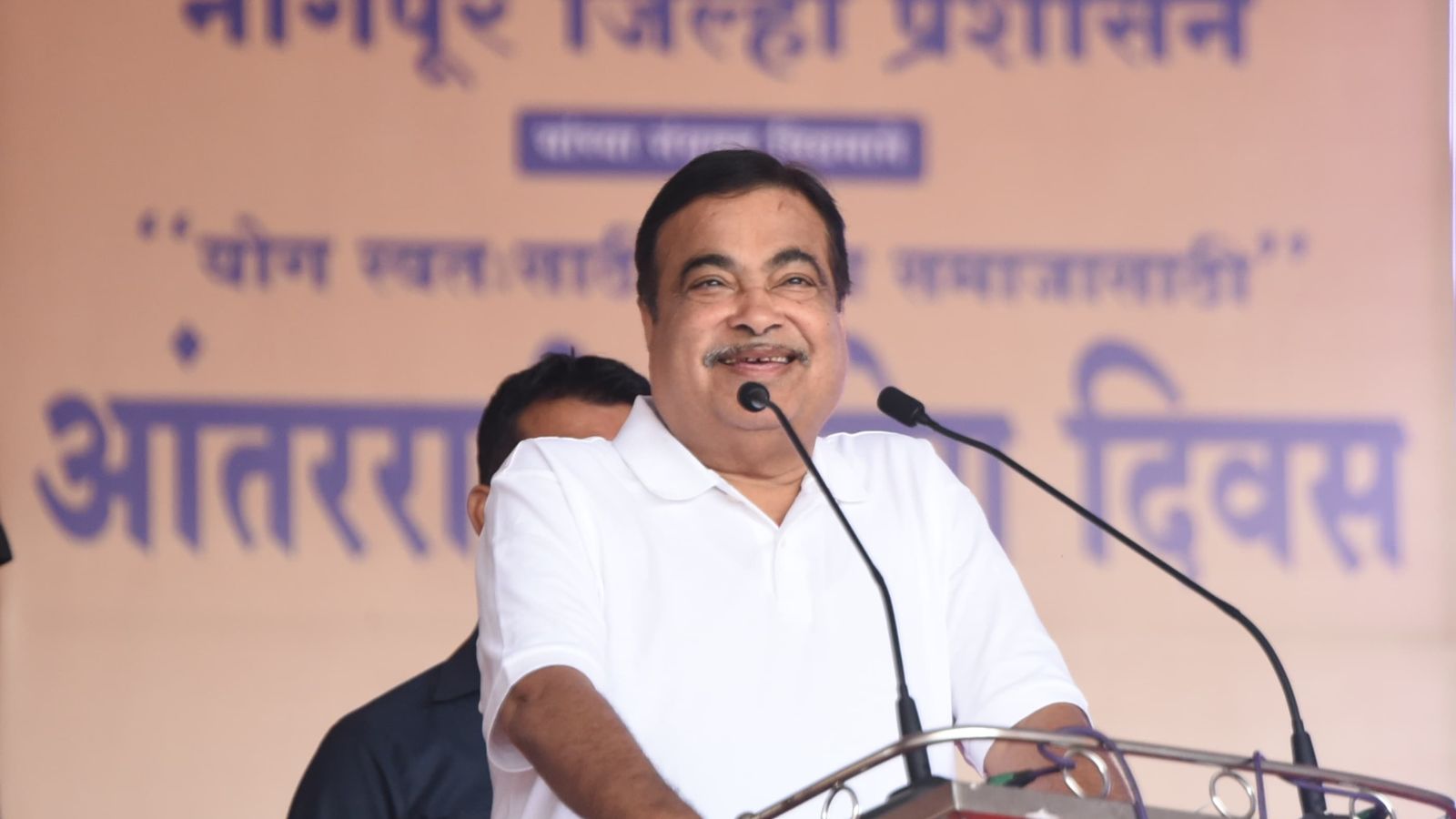
The decision comes before the next revision in 2026. Toll charges were last revised in September 2023, as per the policy of revising them every three years.
Discover more from
Subscribe to get the latest posts sent to your email.

Maharashtra chief minister Eknath Shinde on Monday abolished toll charges for light motor vehicles, only cars and SUVs, entering Mumbai city. The move, which will be effective form midnight, is a significant move ahead of assembly elections in the state.
Shinde said the “historic decision” is a masterstroke that will save time and help reduce pollution and traffic. As a politician who hails from Thane, Shinde himself led various agitations seeking the abolition of toll charges. He claimed that these charges were unfair to people from Thane who commute to the city daily for work and other purposes.
BJP leader Kirit Somaiya, who also holds a similar view, welcomed the state government’s decision to scrap toll charges for select category of vehicles. Parties like the Raj Thackrey-led Maharashtra Navnirman Sena (MNS) have been protesting toll charges claiming the costs of the project have been recovered log ago.

The decision comes despite the desire of Maharashtra State Road Development Corporation (MSRDC) to continue the toll to recover costs for the new Thane Creek Bridge.
Maharashtra State Road Development Corporation (MSRDC) has been collecting tolls at various checkpoints in the city, including Mulund, Airoli, Dahisar, and Mankhurd. The ₹45 toll is being levied on 55 flyovers constructed by the MSRDC during the Shiv Sena-BJP rule from 1995 to 1999.
“At the time of entry into Mumbai, there were 5 toll plazas, including Dahisar toll, Anand Nagar toll, Vaishali, Airoli and Mulund. Rs. 45 and Rs. 75 were charged at these tolls, this was in effect till 2026,” said Maharashtra minister Dadaji Dagadu Bhuse.
If you commute through these toll gates using car for work daily – you will be saving – ₹45*5 = ₹225 per week and roughly ₹11,700 every year.
Other light motor vehicles that pay ₹75 will be saving – ₹75*5 = ₹375 per week and roughly ₹19,500 every year.

As per the MoRTH, the user fee at a specific toll plaza is determined by the length of the road, any structures such as bridges or tunnels, the width of the highway, the applicable fee regulations, and the terms of the concession agreement.
Vehicles are categorized based on their size, load, the damage they cause to the road, and whether they are used for commercial or personal purposes, to ensure the safety and convenience of road users.
 Here’s a set of NHAI Toll Rules
Here’s a set of NHAI Toll Rules
i. 10-second waiting time:
In line with the guidelines of the NHAI, the waiting time at toll plazas is limited to 10 seconds per vehicle. So, if a driver experiences a wait time exceeding this limit, they are not required to pay any toll fee. This initiative aims to streamline traffic flow and minimise delays for all.
ii. Mandatory use of FASTag:
The NHAI has made it compulsory for all vehicles, both commercial and private, to use FASTags for toll payments. This regulation has been in effect since February 2021, emphasising the importance of electronic toll collection in enhancing efficiency on national highways.
iii. One Vehicle, One FASTag:
Each vehicle must be equipped with a single FASTag linked to its unique registration number. Using one FASTag for multiple vehicles is prohibited and incurs penalties. Therefore, if you own more than one vehicle, you will need to obtain a separate FASTag for each.
iv. Vehicle queue within 100 metres:
To ensure smooth traffic flow, NHAI regulations state that vehicle queues at toll booths should not exceed 100 meters. A yellow line will be marked at this distance to help manage queues effectively. If a vehicle is waiting beyond this line, it can proceed without paying the toll until the queue is within the specified limit.
This measure is designed to maintain orderly traffic and reduce congestion at toll plazas.
Subscribe to get the latest posts sent to your email.
Subscribe now to keep reading and get access to the full archive.